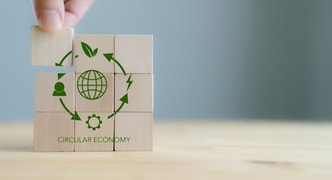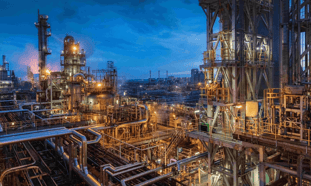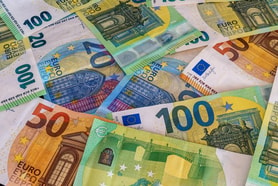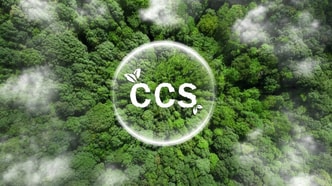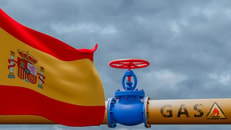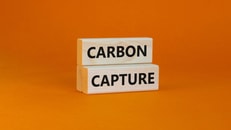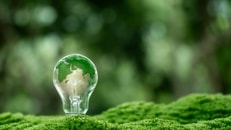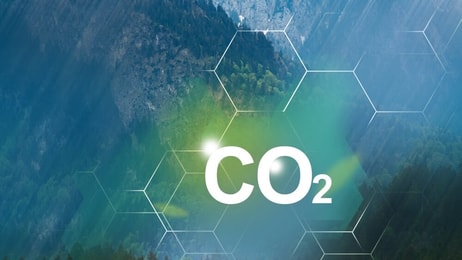World’s first green ammonia plant launched in Denmark
Topsoe, Skovgaard Energy and Vestas have launched the world’s first green ammonia plant in Ramme, Northwest Jutland, Denmark.
The plant, which has received DKK 81 million (US$12.1m) in funding from the Danish Energy Technology Development and Demonstration Program (EUDP), is designed to showcase how renewable power can be directly integrated into an ammonia production process.
This takes into account the natural fluctuations in renewable power generation, such as solar and wind, to ensure consistent and cost-effective production of green ammonia.
“With this new facility, we are taking an important step, which will benefit both Denmark and the rest of the world,” said Kim Hedegaard, CEO Power-to-X at Topsoe.
... to continue reading you must be subscribed





